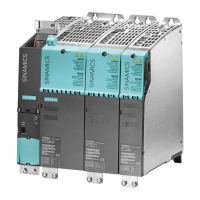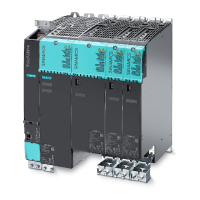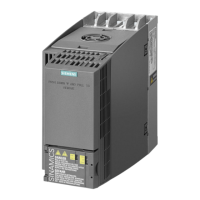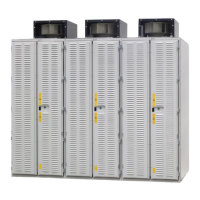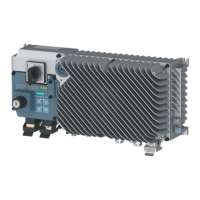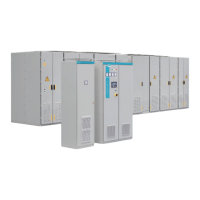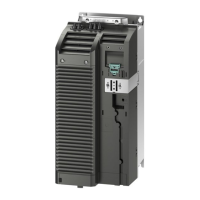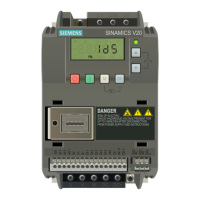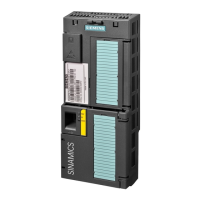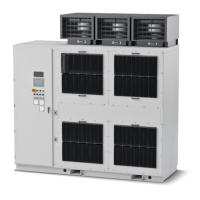Typicals and regulations
1.2 Safety of machinery in Europe
Safety Integrated
24 Function Manual, 05/2010, A5E03264275A
1.2.5 EN 62061
EN 62061 (identical to IEC 62061) is a sector-specific standard subordinate to IEC/EN
61508. It describes the implementation of safety-related electrical machine control systems
and considers the complete lifecycle, from the conceptual phase to decommissioning. The
standard is based on the quantitative and qualitative analyses of safety functions,
whereby it systematically applies a top-down approach to implementing complex control
systems (known as "functional decomposition"). The safety functions derived from the risk
analysis are sub-divided into sub-safety functions, which are then assigned to real devices,
sub-systems, and sub-system elements. Both the hardware and software are covered. EN
62061 also describes requirements regarding the implementation of application programs.
A safety-related control systems comprises different sub-systems. From a safety
perspective, the sub-systems are described in terms of the SIL claim limit and PFH
D
characteristic quantities.
Programmable electronic devices (e.g. PLCs or variable-speed drives) must fulfill EN 61508.
They can then be integrated in the controller as sub-systems. The following safety-related
characteristic quantities must be specified by the manufacturers of these devices.
Safety-related characteristic quantities for subsystems:
● SIL CL: SIL claim limit
● PFH
D
:
Probability of dangerous failures per hour
● T1:
Lifetime
Simple sub-systems (e.g. sensors and actuators) in electromechanical components can, in
turn, comprise sub-system elements (devices) interconnected in different ways with the
characteristic quantities required for determining the relevant PFH
D
value of the sub-system.
Safety-related characteristic quantities for subsystem elements (devices):
● λ: Ausfallrate
failure rate
● B10 value: For elements that are subject to wear
● T1: Lebensdauer
lifetime
For electromechanical devices, a manufacturer specifies a failure rate λ with reference to the
number of operating cycles. The failure rate per unit time and the lifetime must be
determined using the switching frequency for the particular application.
Parameters for the sub-system, which comprises sub-system elements, that must be defined
during the design phase:
● T2: Diagnose-Testintervall
diagnostic test interval
● β: Empfindlichkeit für Fehler gemeinsamer Ursache
susceptibility to common cause failure
● DC: Diagnosedeckungsgrad
diagnostic coverage
The PFH
D
value of the safety-related controller is determined by adding the individual PFH
D
values for subsystems.
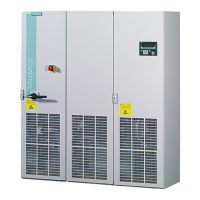
